Static vs Dynamic Stretching
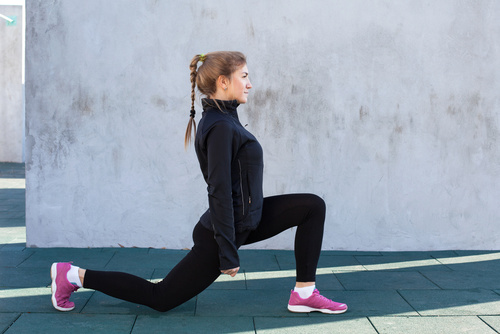
Warming up is essential for athletic performance, not only does it get the body ready to train or compete, it can improve performance and help prevent injury as well. And one of the essential parts of the warmup is stretching those muscles out. However, there has been a long time debate going on over the…
Variable resistance training: Adding a link to the chain!
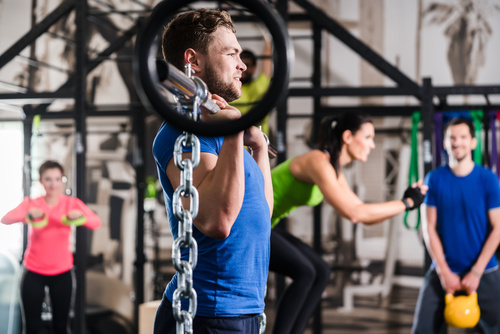
Strength training has been a staple part of any athlete’s training program for years and there are many variations that can be applied to standard strength training scenarios to capitalize on building strength. Where strength training can sometimes be seen as one dimensional, efforts to expand on this training to a multidimensional development of strength,…
Sport Injury – Healing the Mind and Body
Most athletes, competitive through recreational, experience injury in their sport at some time. There are many practitioners out there who can help heal the physical symptoms of the injury from the family doctor to the physical therapist. But dealing with the physical side of injury is only half the battle. What we cannot forget to address…
“You Are What You Eat” – Fueling up for Competition
Knowing what to eat and when to eat for sports can seem like a science. Don’t let all the information out there leave you frazzled and hungry. For the everyday athlete a little preparation can make it very simple! The phrase “you are what you eat” is true. Nutrition can play a key role in…
Attention Training in Young Elite Athletes – Highlights from Recent Research
In the arena of sport psychology, research around attention and its relationship to athletic performance has been around for a number of years. Much of this research has focused on athlete training, and deliberate practice in particular, when it comes to developing potential talent in young athletes. Though the old saying seems to indicate that…
Preventing infection and maintaining immune function using nutritional strategies

It is well documented that moderate exercise prevents many infections and greatly improves immune system function. In contrast, among elite athletes who train at a faster pace and at a higher intensity, the risk of illness increases significantly and the effectiveness of the immune system to fight infections is reduced. Other factors, including exposure to…
Polarized Training: How do elite endurance athletes actually train?
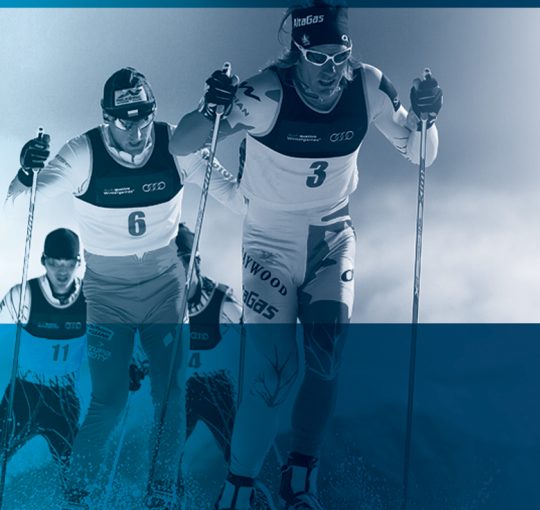
Training intensity and how to distribute it within the training plan is a highly debated topic in the endurance community. The success of the Dutch Olympic speed skating team at the Sochi Winter Games and a study on how they train and distribute training intensities has shed a light on how elite endurance athletes actually…
Getting psyched for sport – Mental fitness strategies for the aspiring athlete
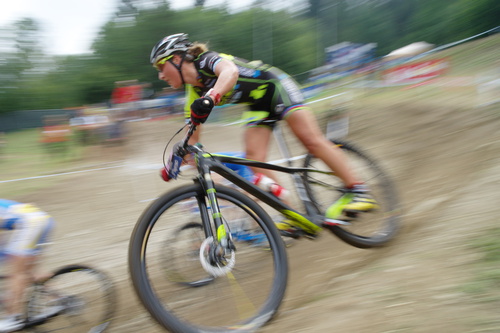
Mental fitness plays a large part in training and performance. There will be times when an athlete makes a mistake (or consecutive mistakes), is competing against an opponent that has outperformed them in the past, or the conditions of play are not what was expected. Being mentally fit encapsulates many different areas of training and…
Agility Training: Insights from the Research
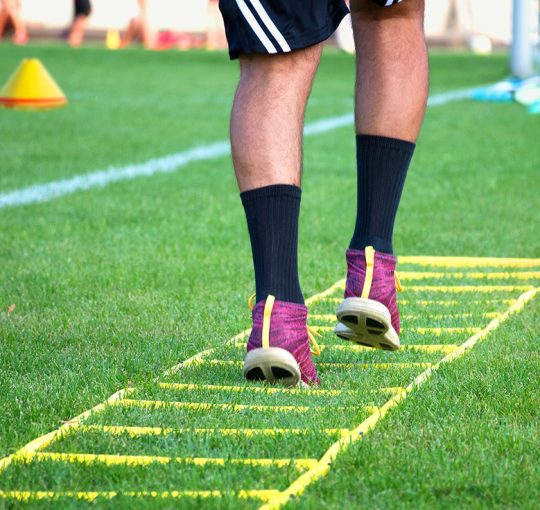
High performance athletes depend on coordination and agility to fine tune their skills and abilities on the field of play. Outside of the skills needed specifically for sport, agility is often looked at as a leading factor in determining success in a sport. Athletes need to be able to react to situations quickly, with strength…
Building training intensity with HIIT

In the past year or two, High-intensity interval training (HIIT) has seen a big surge in popularity, largely due to its versatility and its claims to higher levels of calorie burning. HIIT is a method of training that involves repeated sessions of maximum intensity exercise typically sustained for 30 seconds, followed by a rest interval…